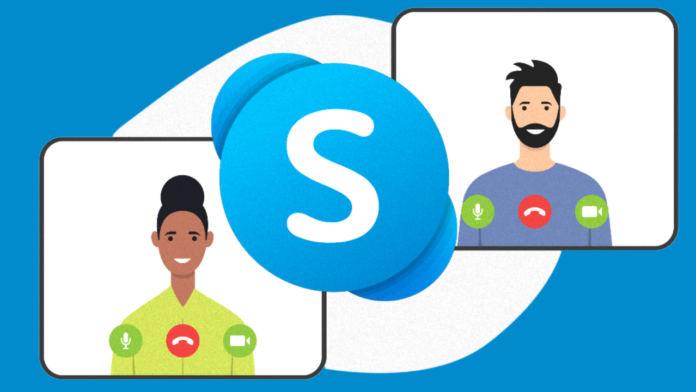Microsoft Modernizes Skype with New Pricing Model
Microsoft has announced a major update to its popular communication platform, Skype, introducing a shift from the traditional Skype Credit system to a new subscription-based pricing model. This change aims to provide a more sustainable and consistent structure for users who rely on Skype for calling landlines and mobile numbers.
Free Skype-to-Skype Calls Remain Unchanged
While calls between Skype users remain completely free, paid calls to non-Skype numbers now require a monthly subscription plan. According to an official announcement on the company’s website, Microsoft stated:
“Skype Credit is no longer available. To continue making purchases, users can subscribe to our monthly plans or enjoy free Skype-to-Skype calls anytime.”
Existing Skype Credit Users Reassured
Although Microsoft did not release a detailed support document for this transition, a company spokesperson confirmed to TechCrunch that the Skype Credit system has been discontinued. Users with existing credit balances can continue using them, provided their accounts remain active for up to 180 days.
What Does This Mean for Users?
The impact of this change is not yet fully quantified. As of February 2023, Skype reported over 36 million monthly active users, but the percentage of those who use the platform for paid calls remains unclear.
Under the new subscription plans, pricing will vary based on the country and destination of the calls. For instance:
- United States: $3 per month for 2,000 minutes, with an additional $0.15 per minute after the limit.
- North America: $7 per month for unlimited calling.
In contrast, the previous Skype Credit model offered approximately 434 minutes of calls within the U.S. for $10.
Why the Change?
This update marks a strategic shift by Microsoft toward a subscription-based model, which aligns with industry trends for long-term sustainability. It also reflects Skype’s evolving role within Microsoft’s portfolio, as the company continues to focus on its enterprise communication platform, Microsoft Teams.
Skype’s Legacy and Future
Acquired by Microsoft in 2011 for $8.5 billion, Skype was a trailblazer in VoIP (Voice over Internet Protocol) services. Over time, however, its prominence has waned with the rise of apps like WhatsApp and Zoom, which offer similar features. Despite this, Skype remains a reliable tool for millions worldwide, particularly for free internet-based communication.
Conclusion
Microsoft’s move to a subscription model for Skype highlights its commitment to adapting to modern user preferences. While this change may inconvenience some users, it underscores Skype’s continued relevance as a versatile communication platform.



